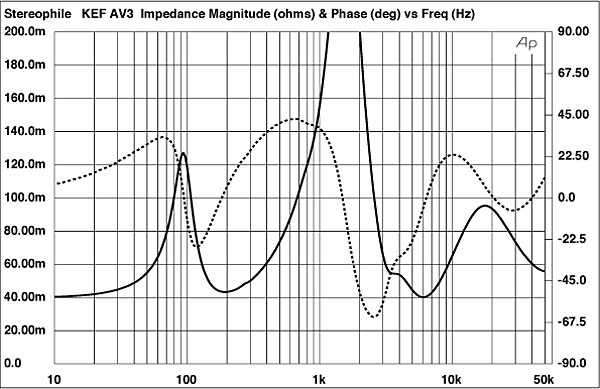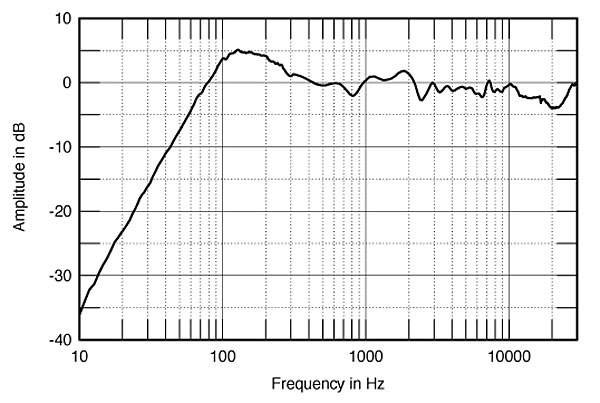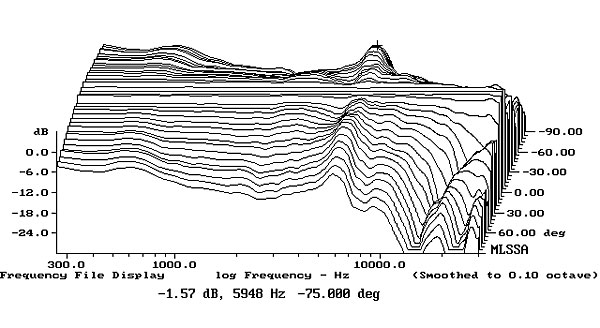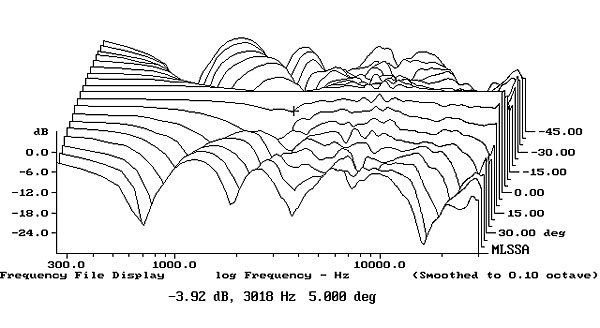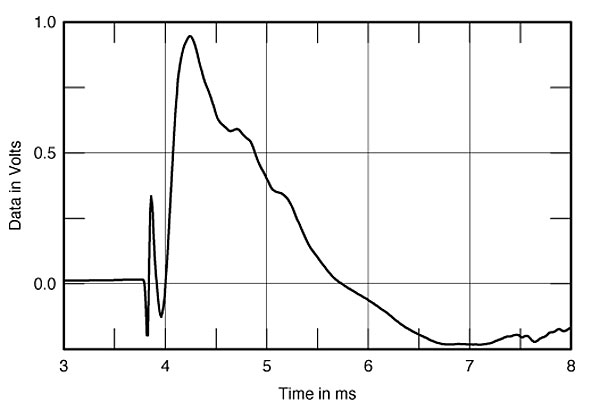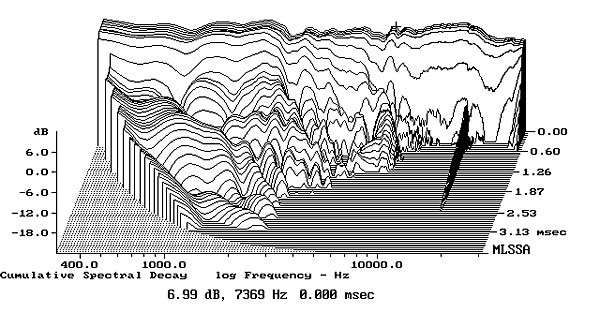| Columns Retired Columns & Blogs |
Wow, things were interesting in 1996. You could still get a critical review, and manufacturer response, back then. Should we take this posting to mean that Stereophile will actually be reinstating critque inplace of marketing?
